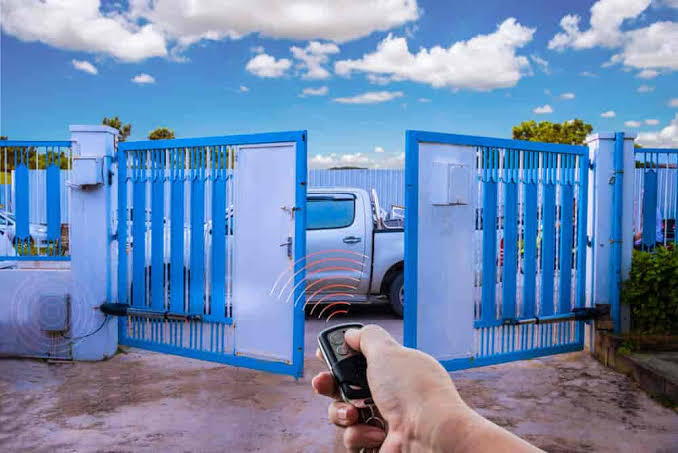GATE AUTOMATION
Gate automation involves installing mechanisms that control the opening and closing of gates automatically, enhancing convenience, security, and access control. Here’s an overview of the key aspects:
1.Types of Gate Automation
Sliding Gates:Operated by a motor that moves the gate along a track.
Swing Gates:Controlled by a motorized arm that swings the gate open and closed.
Bi-Folding Gates:Fold into sections, often used in space-constrained areas.
2. Components of Gate Automation Systems
Gate Operator/Motor:The device that powers the movement of the gate.
Remote Controls:Handheld devices or key fobs for operating the gate from a distance.
Keypad/Intercom: For entering a code or communicating with visitors.
Safety Sensors: Prevent the gate from closing if an obstruction is detected.
Power Supply: Often includes backup power options like batteries to ensure functionality during power outages.
3. Installation Considerations
Gate Size and Weight:Choose a motor and mechanism that can handle the gate’s dimensions and weight.
Power Source:Ensure there is a reliable power source or battery backup for uninterrupted operation.
Safety:Install safety features such as sensors to prevent accidents, especially in high-traffic areas.
4. Integration with Home Automation
Smart Controls: Integrate with home automation systems to control the gate remotely via smartphone apps or voice assistants.
Scheduling: Set schedules for the gate to open and close at specific times.
Access Control: Combine with other security systems, like cameras and intercoms, for enhanced monitoring and control.
5. Maintenance
Regular Checks: Periodically inspect the gate and motor for wear and tear, and ensure the tracks or hinges are clean and lubricated.
Software Updates: Keep any smart components up to date to ensure security and functionality.
